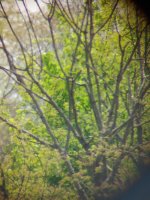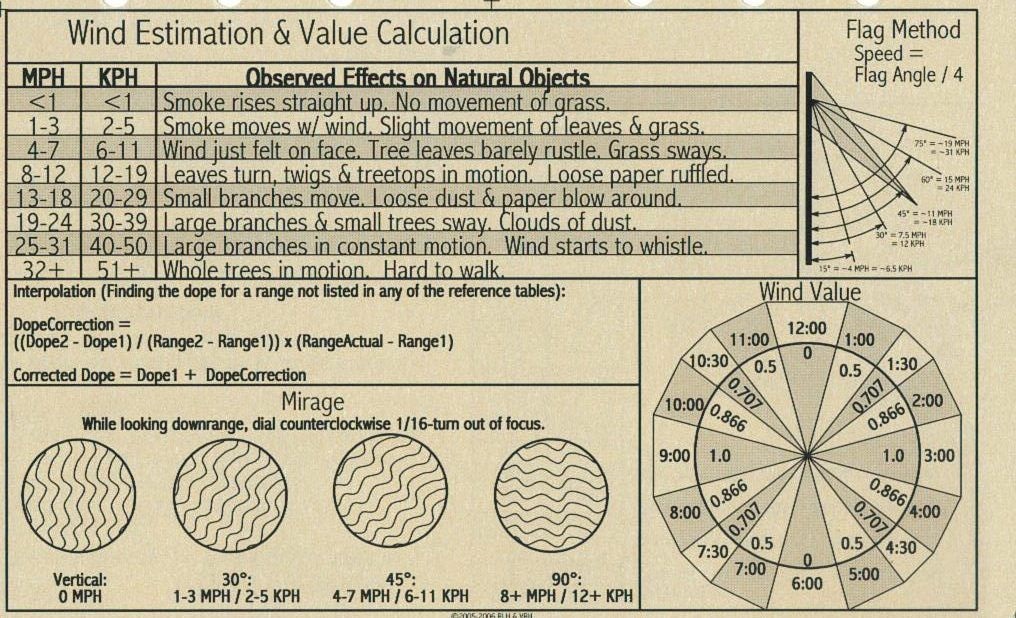I am new to the long distance shooting game... grew up hunting with a good old Remington 700 in .270 and never shot more than about 150 yards over the years. I just purchased a Nosler Model 21 in 6.5 Creedmoor and put a Schmidt and Bender PMII 5-25 on it, which I purchased from a SniperHide member. The reticle on this scope is the MSR reticle. The gun club I belong to here in GA has a 500 yard range, which is pretty good for this part of the country.
I am getting passable at 200 yard shots. Pretty soon I am going to venture out to the 500 yard range and try my hand at that.
Here are my questions....
Do I need to get a spotting scope, or can I use S&B scope to see the results of my shots?
I was thinking of starting with shoot'n'see paper targets, so that I can tell if my shots hit the target. Is this a good idea, or is there a better way to do it - like maybe a larger metal target that I can put out there, so that I can see it moving after I (hopefully) I hit it? What kind of targets to people usually use when they are doing long-range shooting? I have never purchased a metal target before.....
If I do need to buy a spotting scope, what make and model is best for this kind of shooting? Some suggestions would help me. I know a decent amount about rifle scopes but I know nothing about long range spotting scopes....
Just want to get the advice from people who have done a lot of long range shooting.... sorry for the Newbie questions. I appreciate any advice you can give!!! Thanks in advance......
I am getting passable at 200 yard shots. Pretty soon I am going to venture out to the 500 yard range and try my hand at that.
Here are my questions....
Do I need to get a spotting scope, or can I use S&B scope to see the results of my shots?
I was thinking of starting with shoot'n'see paper targets, so that I can tell if my shots hit the target. Is this a good idea, or is there a better way to do it - like maybe a larger metal target that I can put out there, so that I can see it moving after I (hopefully) I hit it? What kind of targets to people usually use when they are doing long-range shooting? I have never purchased a metal target before.....
If I do need to buy a spotting scope, what make and model is best for this kind of shooting? Some suggestions would help me. I know a decent amount about rifle scopes but I know nothing about long range spotting scopes....
Just want to get the advice from people who have done a lot of long range shooting.... sorry for the Newbie questions. I appreciate any advice you can give!!! Thanks in advance......



